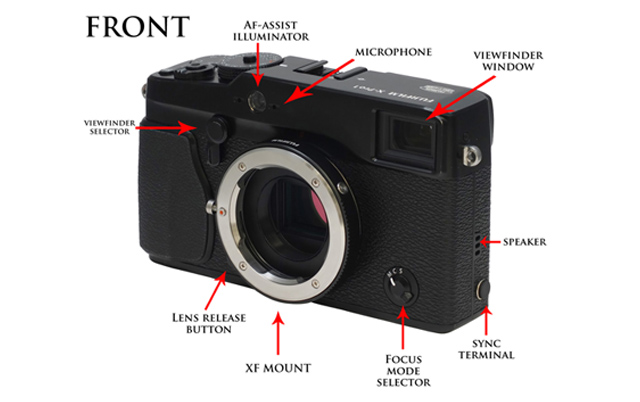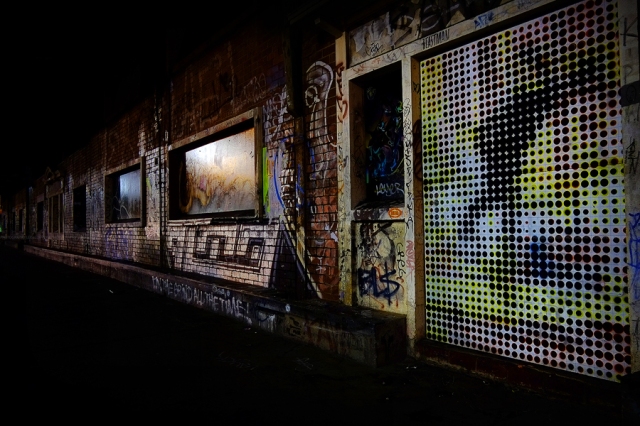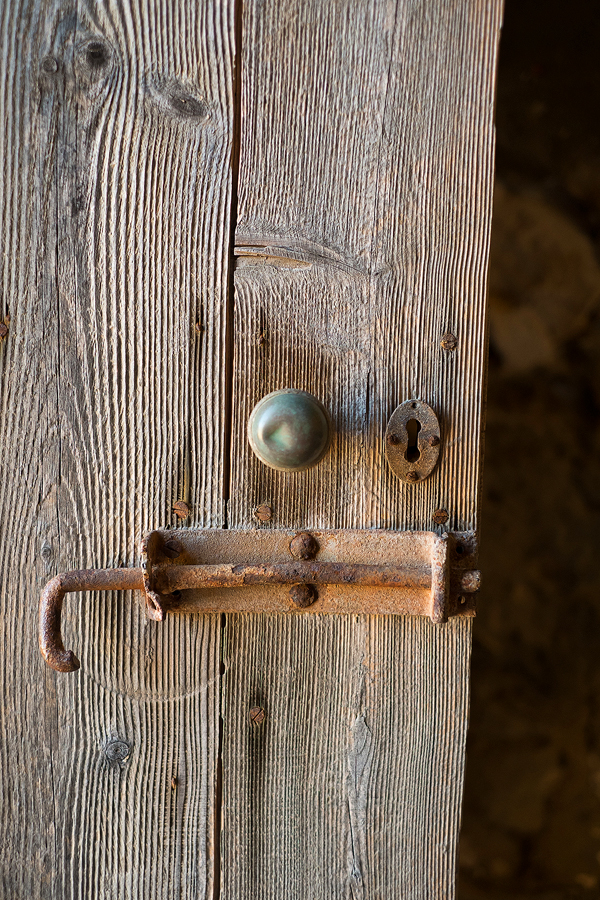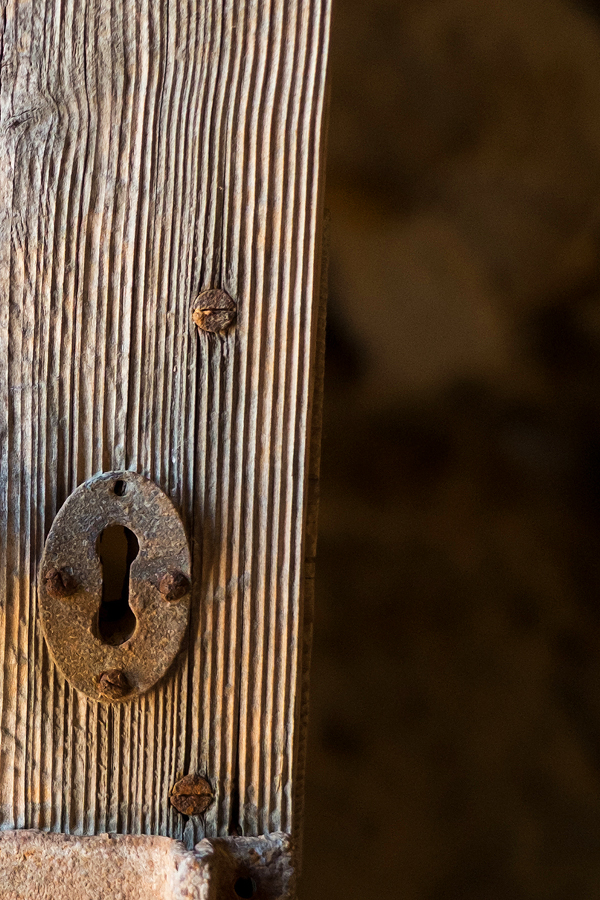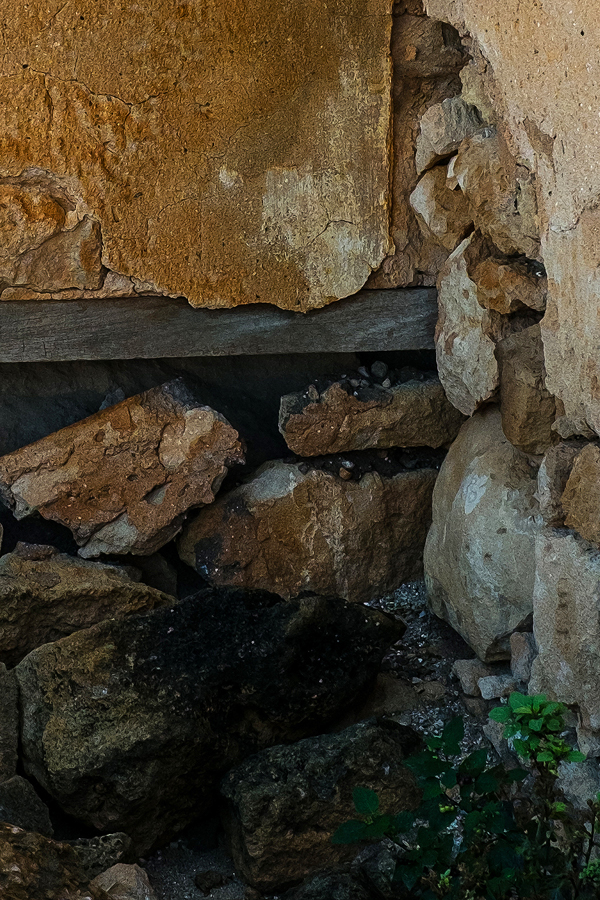FUJIFILM X-PRO 1 – My Thoughts
This review is based solely on my own opinion about the camera. I have been using the X-Pro 1 since the beginning of May and have seen some amazing results.
All my photographs were taken as a RAW file and edited in some way using Adobe Lightroom 3/4 or Adobe Photoshop CS5.
I have spread my thoughts on this camera across different aspects that are important to me. If you are after a detailed spec review then this is not the site for you. This review is based on a user experience the highs and the lows….so lets get started!
To celebrate the camera’s ability to shoot in low light I put this video together. Enjoy.
DESIGN
Fujifilm have managed to design the X-Pro 1 with style, class and quality. The full metal body speaks highly of the cameras design. The X-Pro 1 fits like a glove. The sleek stylish curved body accentuates and oozes quality. Many say a poor man Leica? I say touch of class.
However there are a few things that I don’t like so much about the camera. I’ll get into those later on.
I have found the bold black magnesium alloy shapes aesthetically pleasing. The designer in my has ignited. I simply wanted to get my hands on one. Two months later and I am thankful I have one.
Having a history with professional DSLR cameras the physical size of the camera and lens combinations have been a pleasure to hold. Most compact pro cameras out there have simply been too small. The Olympus OM-D EM5, Nikon V1, Sony Nex 7 and Panasonic Lumix DMC-GX1 have all been in my hands before, all of which have lost their appeal due to their compact size (the closest thing to comfort out of these cameras would have to be the Olympus OMD with the grip on). Don’t get me wrong the other cameras out there take a great photo – what I am trying to say is coming from a Pro DSLR background, the Fujifilm X-Pro 1 simply feels better in my hands.
I think the Japanese do things well. For a camera to be in my kit it must be made in Japan or Germany. Quality is Japan and German – period. Luckily the X-Pro 1 was forged in Japan otherwise I wouldn’t even touch it!
CAMERA LAYOUT
All the buttons are ergonomically designed to fit the users hand. One of the main features I like about the design was the placement of the viewfinder. Too many cameras have the viewfinder in the middle. When you press your eye up against the viewfinder your nose becomes jammed up against the LCD which eventually smears the screen The X-Pro 1 has fixed that problem by moving the viewfinder to the side of the camera.
The dials on the camera also reflect Fujifilm’s attention to detail. As you turn the on/off switch, the shutter speed dial or the exposure compensation dial you can be assured of the change as each movement is confirmed with a solid “click” as the dial moves into place. I have read a few reviews in my time and played with many cameras. One big issue for Fujifilm on the earlier X100 was the mode dial would move if you bumped it. This hasn’t been a problem on the X-Pro 1 as Fujifilm have added a much-needed lock on the shutter speed dial.
Coming from a Canon background I found when looking through the viewfinder navigating the button and dial configuration seemed second nature. When reviewing images on the 3 inch screen or through the 1,230,000 dot electronic viewfinder the colour and detail was very close to what I saw through my own eyes.
VIEWFINDER
Hybrid viewfinder. Now there’s an idea. I found myself using this feature all to often. I’ll give you an example. I was photographing some stars on a moonless night near Pemberton, Western Australia. I travelled there only to find there was no bright light source to set my focus on. I had two cameras with me the Canon EOS 1D MK IV and the Fujifilm X-Pro 1. After setting both up on tripods I attempted to gain focus on the Canon. Using only the optical viewfinder I set the focus point to the center point and half pressed the shutter button. The Canon 17-40mm f4 L lens whirred and hunted back and forth trying its best to focus on the brightest star in the sky. After five minutes of trying I had no luck. I’m sure if the Canon could talk it was saying “I think I can…I think I can…” My eyes were too bad to attempt to manually focus so the camera was useless on this occasion. The Fujifilm X-Pro had its chance.
I set the hybrid viewfinder to the electronic viewfinder. WOW! I was blown away. Not only could the camera focus in almost pitch black it was like I was looking through a window into clear daylight. The electronic viewfinder boasted amazing quality and only took less than a second to gain autofocus! To this day I am still amazed a camera can perform better than how I see in low light. Fujifilm clearly got something right!
X-PRO 1 – 18mm – ISO 400 – f2 – 30 secs
MENU
The camera’s menu took a bit of getting use to. Although after the first week I seem to have mastered it.
Conveniently placed the menu button sits nestled in-between the selector keys. Once pressed the shooting menu tab is the first out of eight tabs to be displayed – five of which are camera settings and the remaining are playback settings.
Previously on the Fujifilm X100 menu you had to fight your way through various functions to get to the next page of settings. The main menu on the X-Pro 1 has been laid out with some thought – thanks Fujifilm for listening! The X-Pro 1 menu allows you to bypass all the unwanted settings by selecting a tab on the left hand side. Navigating your way around the menu is simple. The selector keys scroll up, down, left and right while the command dial controls the function of the mode you have selected.
For changing settings on the fly the X-Pro 1 features a Q (Quick) button. 15 of the most common settings appear as symbols on the back LCD allowing you to bypass the main menu. I was able to control what settings appeared on the Quick menu as the camera allowed 7 different custom screens. Each custom screen allowed me to save my favourite camera settings to the quick menu. For example I set a custom quick menu for low light shooting which centred around ISO and bracketing controls; the other custom menu was set for landscape photography where I pre-saved my film simulation mode to Velvia.
I think without the Quick mode Fujifilm would have made a huge mistake. This button was designed to keep the user out of the menu so they could spend more time shooting and it certainly worked for me!
Check out the video from the Fuji Guys on how the new menu works.
ISO
ISO can be set to the following:
L (100), 200, 250, 320, 400, 500, 640, 800, 1000, 1250, 1600, 2000, 2500, 3200, 4000, 5000, 6400
Auto (400), Auto (800), Auto (1600), Auto (3200)….ok now that’s over….. I tended to use ISO 400 right through to ISO 2500.
The camera has really challenged me with my photography. I am so used to carrying my clunky tripod or flash to capture the dimly lit scenes in life. With the X-Pro 1 I didn’t have to worry about all the other photographic paraphernalia. I was able to go anywhere and photograph anything.
Setting the ISO control to 3200 my head was telling me ARRRGHHHH what are you doing???? I wanted to explore the camera…I mean if Fujifilm were going to put a setting on the camera it had to be good right? I had to test it – sort of like when you have to test if the paint is dry just after painting…I got that feeling! The question was at ISO 3200 was there going to be noise?
Really ISO 3200?
BOOM!
No noise.
The shutter had been pressed when shooting some low light urban scenes in Melbourne and Fremantle and look no noise! Crazy!
This would definitely be one of the very best features on the camera. High ISO with no noise. What more could I want?
Fujifilm X Pro 1 – ISO 2500 – 35mm – f1.4 – 1/170sec – Split Toning in Adobe Lightroom 4.
Fujifilm X-Pro 1 – 18mm – ISO 200 – f10 – 5 secs
Fujifilm X-Pro 1 – 18mm – ISO 200 – f10 – 30 sec
Fujifilm X-Pro 1 – 18mm – ISO 200 – f2 – 1/4 sec
MOVIE
HD Video on the X-Pro 1 is a feature I am still dabbling in. However if you want to see what the quality is like at 720p I found this video showcasing the video quality. Remember to change the YouTube video setting to 720P HD for better viewing quality.
SWEEP PANORAMA
This sort of setting is not new for me. I have used this setting mainly on compact Fujifilm, Olympus, Canon and Sony cameras. The first series of cameras to bring this feature out were …how do I put it….crap.
The X-Pro 1 must have majored in sweep panoramas at production school! When it comes to sweeping the X-Pro 1 knows! The quality of the stitch is seamless if done correctly.
I pushed the camera to the limits by acting as a drunk and even portraying the smoker withdrawal shake. The pictures weren’t pretty….lets just say I found the limit. This mode is definitely not for the drunks. To be expected there were some problems with stitching due the rapid hand shake. My advice would be to use a tripod or monopod if you like your drink or smokes and suffer from withdrawals…this camera setting isn’t for you….but for everyone else all you need is a steady hand and you will be fine. This is the result in a high contrast scene. The outdoor light was pouring in and I don’t think I could have photographed this almost 180 degree view without the use of the sweep panorama mode.
Fujifilm X-Pro 1 – 35mm – ISO 1000 – f8 – 1/60 sec – Sweep Panorama Mode
BATTERY
Power consumption was probably one of my only dislikes on the camera (maybe because I used it so much!)
The CIPA (Camera and Imaging Products Association) standard is said to be 300 images from one charged battery. CIPA test under strict conditions. Each camera is turned on, the shutter button is pressed once taking a photo and the camera is then turned off. The process is repeated until the camera won’t turn on again. Fujifilm reached 300 cycles.
Fujifilm amped up the power from the previous X100’s NP-95 battery to the new Fujifilm NP-W126 battery. I would definitely recommend a spare as I found myself running out of power too often. The battery drain can really be likened to a car. Performance vehicles use a lot of fuel so really you should expect the X-Pro 1 to use a lot of battery.
LENSES
The XF lens system has produced some amazing results. No detail was spared when designing these lenses. The tow lenes I have been using are the Fujifilm XF 18mm F2 R and the Fujifilm XF 35mm f1.4 R. My favorite out of the two would have to be the 35mm as it gives a true representation to what I see. Recently Fujifilm announced the XF 14mm f2.8, 18-55mm f2.8-4, 56mm f1.4, 27mm f2.8, 55-200mm f3.5-f4.8 and the new 10-24 f4.
I just wish I had the 10-24mm as it would provide a nice wide-angle for shooting my landscapes. Currently I am stitching all my photographs which is quite time-consuming.
Pictured below is the road map of Fujifilm XF lenses which will be released shortly.
IMAGE DETAIL
Overall I think when it comes to reviewing a camera the image detail is one of the most important things. I won’t write too much more on this subject as the Jpeg images taken on the APS-C sized senor will show you . Take a look.
Fujifilm X-Pro 1 – 35mm – ISO 400 – f8 – 1/3000 sec
100% Crop
Fujifilm X-Pro 1 – 35mm – ISO 1000 – f2 – 1/300 sec
100% Crop
Fujifilm X-Pro 1 – 35mm – ISO 400 – f8 – 1/200 sec
100% Crop
Fujifilm X-Pro 1 – 35mm – ISO 400 – f8 – 1/4000 sec
100% Crop
THUMBS UP OR DOWN?
THUMBS UP:
Full sized compact pro – fitted perfectly in my hands
High ISO with extremely low noise. I was able to shoot ISO 3200 with no problems at all.
Quick Menu allowed me to bypass the main menu for ease of operation
Hybrid Viewfinder worked well in low light situations.
Horizon tool on the rear LCD allowed me to get all my landscapes straight!
Magnesium alloy body meant I could take the camera anywhere without any problem.
XF lenses – clean, sharp and crisp – especially the 35mm f1.4
Amazing detail due to the removal of the low pass filter
Camera strap – the underside of the strap was rubberized and provided good grip. Never slid off my shoulder!
THUMBS DOWN:
Battery life – didn’t seem to last two days of shooting.
Diopter adjustment lens seemed to want to unscrew itself from the camera. I found it in my camera bag on one occasion.
Slow start-up time (compared with a Pro DSLR)
OVERALL
Overall I can recommend this camera to the keen enthusiast or professional photographer. The camera is light and perfect as a stand alone or second body. Shooting in low light stacks up against some of the bigger players like the Canon 5D MKIII and Nikon D800. I think the removal of the low pass filter to mimic film has paid off. Fujifilm have really developed a ground breaking camera adding to the overall success of the X series camera lineup. I look forward to seeing what other photographic boundaries can be pushed by Fujifilm in the coming year and I’m sure the X-Pro 1 will be just one of many X series cameras to wow the photographic world.
Until next time – Happy Shooting!
